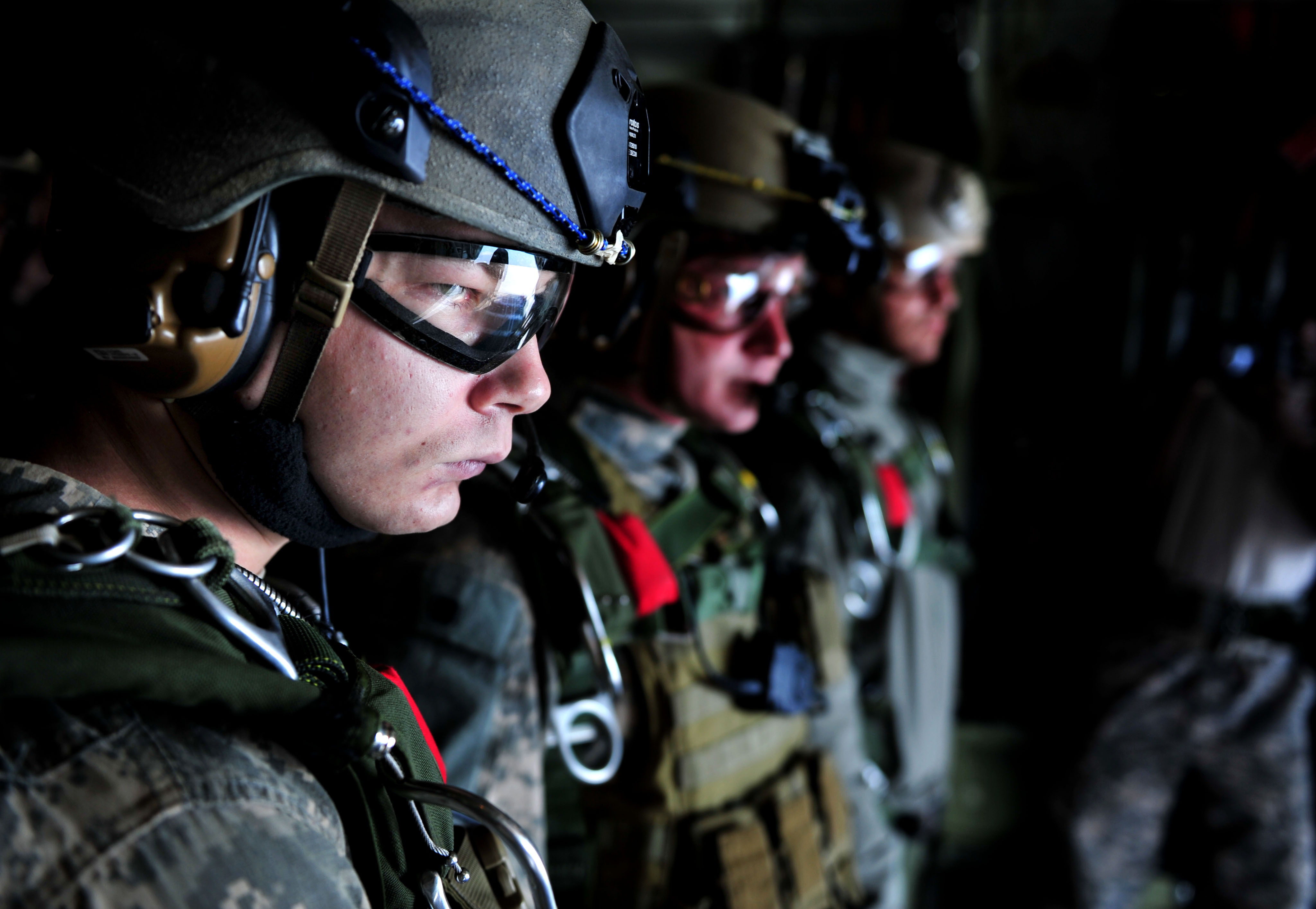Kyle Bibby was an officer in the U.S. Marine Corps when he saw a swastika carved into the dashboard of a military truck. Bibby, a Black veteran who spent seven years with the Marines and four years at the Naval Academy, remembers asking the Marine driving the vehicle what it was doing there. “He just looks at me, and his eyes get wide,” Bibby recalled. “It was not uncommon for me to, you know, find a swastika carved into this or that, here and there,” said Bibby. At another point during his career, Bibby was called the n-word by a lower-ranking Marine. While there were some consequences for the Marine, Bibby said that the court martial gave him the equivalent of a “slap on the wrist.” Later, one of the officers who sat on the court martial implied to Bibby that he must have done something wrong to warrant that kind of response. “When you have members of the military who still view the flippancy of maybe throwing out a racial slur just because they drink a little too much or who think it’s funny to carve a swastika, it’s because the military hasn’t made it clear to them that it’s not,” said Bibby. “They know what things they can’t do. They know damn well not to put their hands in their pocket on the quarter deck or on the parade deck, silly things like that. During my time in the military, the military was significantly more strict on people who put their hands in their pocket on uniform than people who were connected to white supremacist organizations.” “This wasn’t missed; it was ignored. For a long time, the military has been getting warnings about the infiltration of extremists, and extremist organizations, particularly white nationalist organizations.” This lack of oversight, and a certain unwillingness to confront extremism, is why Bibby, other veterans, and military experts told VICE News they were unsurprised to see so many veterans present at the January 6 insurrection at the Capitol. “The question for us was how many,” said Bibby, of watching the insurrection and wondering about the veterans involved in the attack. “This wasn’t missed; it was ignored. For a long time, the military has been getting warnings about the infiltration of extremists, and extremist organizations, particularly white nationalist organizations and such, and the coal has not been heated.” Veteran Kathryn Smith is, by her calculation, the tenth Black woman to graduate from the United States Air Force Academy. During her time there, “people whispered racist slurs in my ear,” she said, and told her that she had taken the place of a man. She is now an organizer with Bibby at Common Defense, and has continued working on behalf of veterans. The insurrection, Smith said, while not surprising, “sort of crushed my whole spirit. It’s embarrassing. It’s painful, but it also reinforced what I think Black people, and Black veterans have known for a long time.” Extremism is a pernicious and perennial problem in the U.S. military. It’s also a problem that the Pentagon has no idea how to handle. In January, the Joint Chiefs of Staff issued a rare statement condemning extremism in the military, and on February 3, Secretary of Defense Lloyd Austin, the first Black Pentagon chief, ordered a 60-day stand down of America’s armed forces while it addresses the issues. In his confirmation hearing, Austin swore “to rid our ranks of racists,” and in a video posted last week, Austin doubled down on his commitment, telling service members who encountered extremism to share those experiences with leaders.
via vice: Extremism in the US Military Is Not New

By <a rel=”nofollow” class=”external text” href=”https://www.flickr.com/people/39955793@N07″>U.S. Department of Defense Current Photos</a> – <a rel=”nofollow” class=”external text” href=”https://www.flickr.com/photos/39955793@N07/6816114102/”>120304-F-UL677-359</a>, Public Domain, Link – symboolbild